The realm of art, a testament to human creativity and expression, has long been shadowed by the duplicitous spectre of forgery, invoking a history as rich and intricate as the artworks themselves. This essay embarks upon a journey through the annals of artifice, from the machinations of ancient counterfeiters to the ingenious subterfuge pervading digital canvases in the modern epoch. We navigate through the catacombs of subterfuge to unveil the transformative impact that forgery has had on the art world, punctuated by salient scandals that have compelled a metamorphosis in legal and scholarly convergence towards art authentication. Furthermore, we set the stage to examine in minute detail the battle of wits between forgers and those who wield scientific and scholarly expertise in a quest to uphold the sanctity of genuine masterpieces.
Historical Context of Art Forgery
The Art of Deception: The Evolution of Art Forgery
Art forgery, a craft as old as art itself, has a contentious yet fascinating history within the tapestry of human culture. What began as ancient endeavours to replicate the creations of masters has now transformed into a sophisticated game of cat-and-mouse between forgers and the art world.
In antiquity, replication was not viewed through the lens of deception; rather, it was an act of reverence and a method of disseminating the works of illustrious artists. However, as art became commodified, the replication of artwork shifted towards forgery, predominantly motivated by financial gain. The Renaissance period marked a significant chapter in this narrative, where the newfound reverence for individual artistic genius fueled a market for art and, correspondingly, clever counterfeits.
The 19th and 20th centuries witnessed an unprecedented proficiency in art forgery. Forgers such as Han van Meegeren and Elmyr de Hory, whose infamous reproductions of Vermeer and Picasso respectively, demonstrated an unparalleled understanding of both technique and historical context. These figures exploited the burgeoning art market, preying on the covetous nature of collectors and the often incomplete provenance of historical artworks.
Technological advancements in the 21st century have served as a double-edged sword in the realm of forgery. On one hand, scientific techniques such as radiocarbon dating, pigment analysis, and digital microscopy have provided art investigators with powerful tools to detect inconsistencies and anachronisms in suspected forgeries. Conversely, forgers have harnessed these very technologies along with digital reproduction methods to refine their craft, creating forgeries that can challenge even the most discerning eye.
The relentless armamentarium of forgers has compelled the art community to engage in continuous and rigorous authentication processes. Forensic art experts remain vigilant, constantly updating their methodologies to ensure the integrity of the artistic heritage and to safeguard the art market from the infiltration of cunning fabrications.
Despite its illegality, art forgery continues to thrive, often romanticized in literature and films. It poses a perpetual challenge to authentication practices and raises complex questions about authorship, originality, and value. As the dance between forgers and protectors of the cultural patrimony endures, so too does the narrative of art forgery, an ever-evolving saga wrought by human ingenuity and the ceaseless pursuit of wealth.
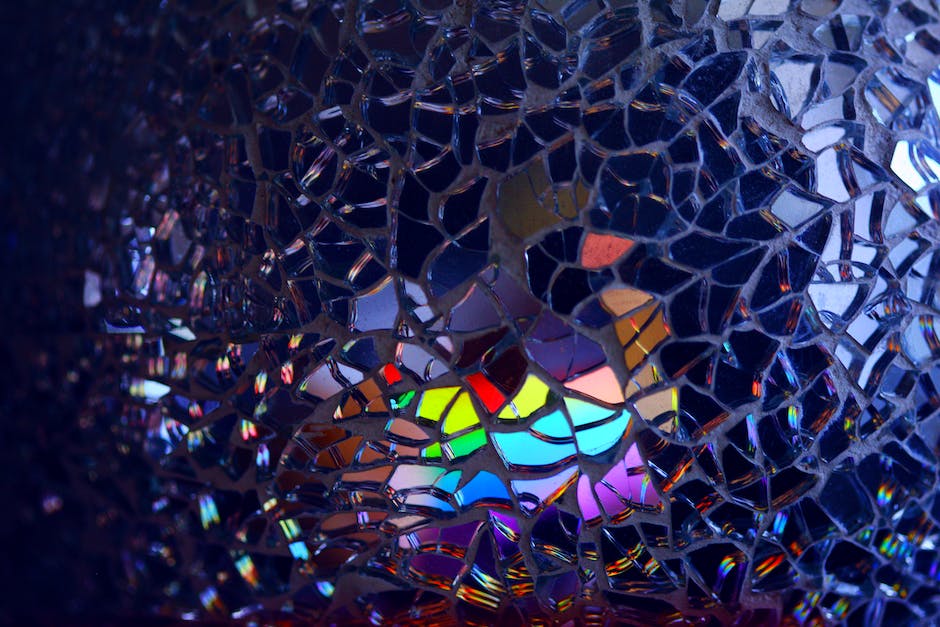
Techniques in Forgery Detection
When examining the prevailing, cutting-edge methods for the detection of art forgeries, it is critical to appreciate the sophisticated technologies and interdisciplinary approaches being employed today. As falsification techniques advance, so too must the scientific community’s array of detection methodologies to maintain a vigilant stance against the pervasion of counterfeit works within the art market.
One exemplary method is the application of high-resolution imaging techniques coupled with advanced analytical tools. Digital X-ray radiography and infrared reflectography can unveil underlying layers not visible to the naked eye, revealing underdrawings and alterations that may suggest a work’s authenticity or lack thereof. These technologies can trace compositional changes and provide insights into the artist’s process, which are often well-documented and distinct among historical artists.
Furthermore, innovations such as hyperspectral imaging extend beyond the visible spectrum, allowing experts to discern pigments that were not available during the supposed time of creation or were not typically used by the artist in question. The precise identification of pigments through scientific analysis of the spectral signatures can be a definitive factor in confirming or disputing a work’s provenance.
Radiocarbon dating is another pivotal technique, particularly for works on organic materials such as canvas or wood. It measures the decay of carbon isotopes to determine the age of the material, offering conclusive evidence for or against the rightful time period of the art piece. However, it must be used judiciously because adding modern materials during restoration can skew results.
In the arena of sculpture and three-dimensional art, the use of 3D scanning and analysis has proven highly effective. This non-invasive method captures a sculpture’s precise shape and details, which can then be compared against known works or artists’ documented styles.
The integration of data analytics and artificial intelligence (AI) into art forgery detection is a particularly exciting development. AI can process vast quantities of data, comparing artworks against large databases of authenticated pieces to find inconsistencies. Machine learning algorithms become increasingly adept at pattern recognition and are now trained to scrutinize brushstrokes and minute details at a scale that would be impossible for human experts.
Always at the forefront, chemical analysis techniques such as gas chromatography-mass spectrometry (GC-MS) and laser ablation inductively coupled plasma mass spectrometry (LA-ICP-MS) allow scientists to delve into the molecular composition of paints and materials. This can not only identify anachronistic substances but also map out an “elemental fingerprint” that is unique to different regions and time periods, thus aiding in geographic and temporal verification.
It is paramount to note that whilst the arsenal of scientific tools and techniques in detecting art forgeries is robust, the scholarly and ethical examination remains the fulcrum on which the balance of authenticity tilts. Interdisciplinary collaboration between historians, art experts, and scientists ensures that the authenticity of art is upheld with the utmost veracity and respect for provenance.
In conclusion, the current landscape of detecting art forgeries is a complex web of scientific endeavour, woven tightly with the threads of historical understanding and technological innovation. As long as there are those who choose to deceive for personal gain, the art world will continue to refine and advance these methodologies to safeguard the integrity and value of genuine works of art.
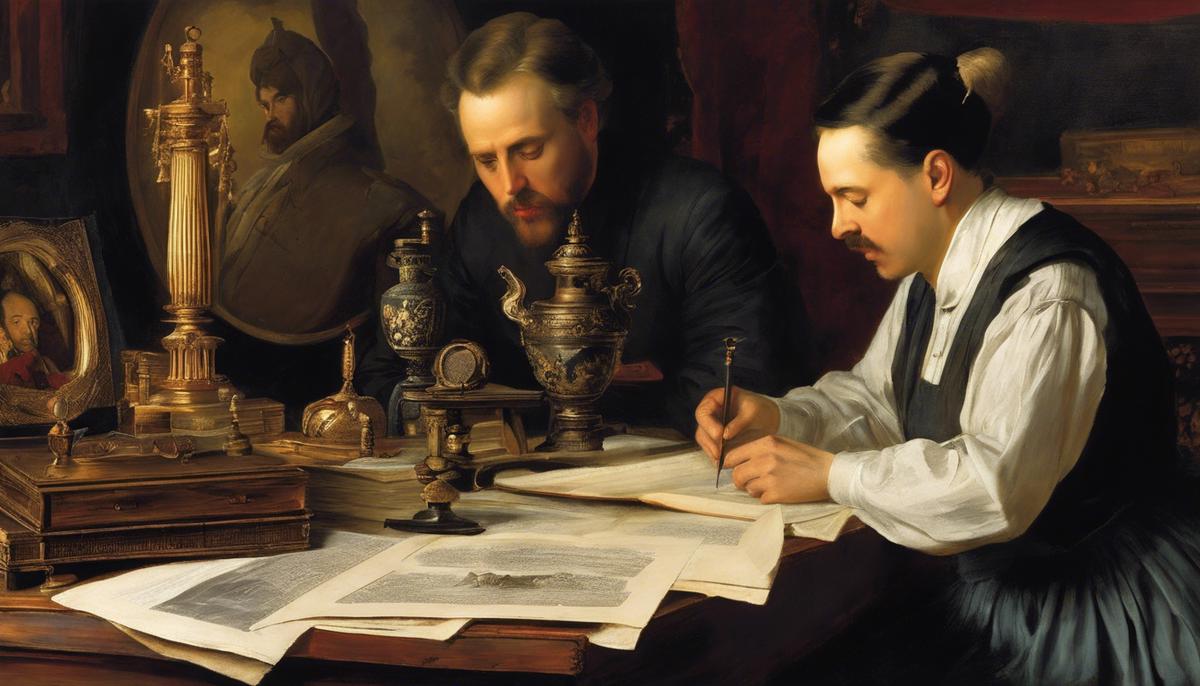
Technological Advancements in Art Authentication
Art Authentication in the Digital Age: A Modern Forensic Quest
As we advance further into the 21st century, the challenges and nuances of art authentication have transformed dramatically owing to a prodigious leap in technological capabilities. While the pursuit of determining the veracity of artwork might appear to a layperson to be a matter rooted solely in aesthetic examination, it in fact wades deeply into the confluence of science, technology, and humanities.
Recent technological strides have equipped scholars, curators, and art conservators with an impressive array of tools, both digital and analytical, to assess and authenticate artwork with unprecedented precision. These innovations sit at the core of modern art forensic methodologies, and their application holds profound implications for establishing the legitimacy of artworks as either genuine masterpieces or as forgeries.
High-resolution imaging, for instance, has become an indispensable asset. In combination with digital enhancement, it reveals hitherto-invisible details, such as the distinct brush stroke patterns unique to the artist or subtle under-drawings that indicate an artwork’s genesis. These imaging techniques, including the renowned digital X-ray radiography and infrared reflectography, can penetrate beneath the visible surfaces, offering a window into the native structures and materials defining a piece.
Furthermore, hyperspectral imaging extends the vision beyond the optical, allowing examination of the artwork’s individual pigments. This approach is pivotal in confirming the historical congruity of materials, exceedingly important in the context where anachronistic pigments or binders betray a work’s supposed age.
Radiocarbon dating, a technique borrowed from archaeology, similarly affords a means of verifying the age of organic materials, such as wood or canvas. This radiometric method is especially valuable for distinguishing historical works from recent imitations. In parallel, 3D scanning contributes a further layer by meticulously mapping the topography of artworks to detect any deviations indicative of duplicity.
Alongside these, the scintillating promise of artificial intelligence (AI) looms large, with machine learning algorithms being trained to differentiate between genuine and forged artworks by analyzing patterns and features imperceptible to the human eye. This amalgamation of art and science, where data analytics becomes a crucible for authentication, heralds a future of forensic analysis that is both comprehensive and unerringly accurate.
Chemical analysis takes this a notch higher. Techniques such as gas chromatography-mass spectrometry (GC-MS) and laser ablation inductively coupled plasma mass spectrometry (LA-ICP-MS) deliver insights into the molecular composition of paints, varnishes, and other substances. These methods can decode the chemical ‘DNA’ of an artwork, identifying inconsistencies with known methods and materials of the period in question.
Understanding that the stakes of authenticity gauge not only economic value but cultural heritage, art authentication benefits immensely from interdisciplinary collaboration. Historians, art experts, and scientists join their considerable expertise to weave a tapestry of proof, fundamentally one which stands up to scholarly and ethical examination.
It is this facilitation of corroborative study – the meticulous piecing together of historical, stylistic, and material evidence – that has burgeoned in the wake of technological progress. As these analytical methods evolve, the walls closing in on the would-be forger become ever tighter, the proverbial telling brushstroke or misapplied pigment now much more prone to betrayal under the scrupulous eye of modern technology.
Art, a reflection of human creativity and history, is thusly safeguarded through these symbiotic relationships between traditional expertise and innovative methodologies. The integrity and value of genuine works of art remain a paramount concern, and it is through these extensive and often groundbreaking investigative techniques that the art world continues to ensure that truth and authenticity prevail.
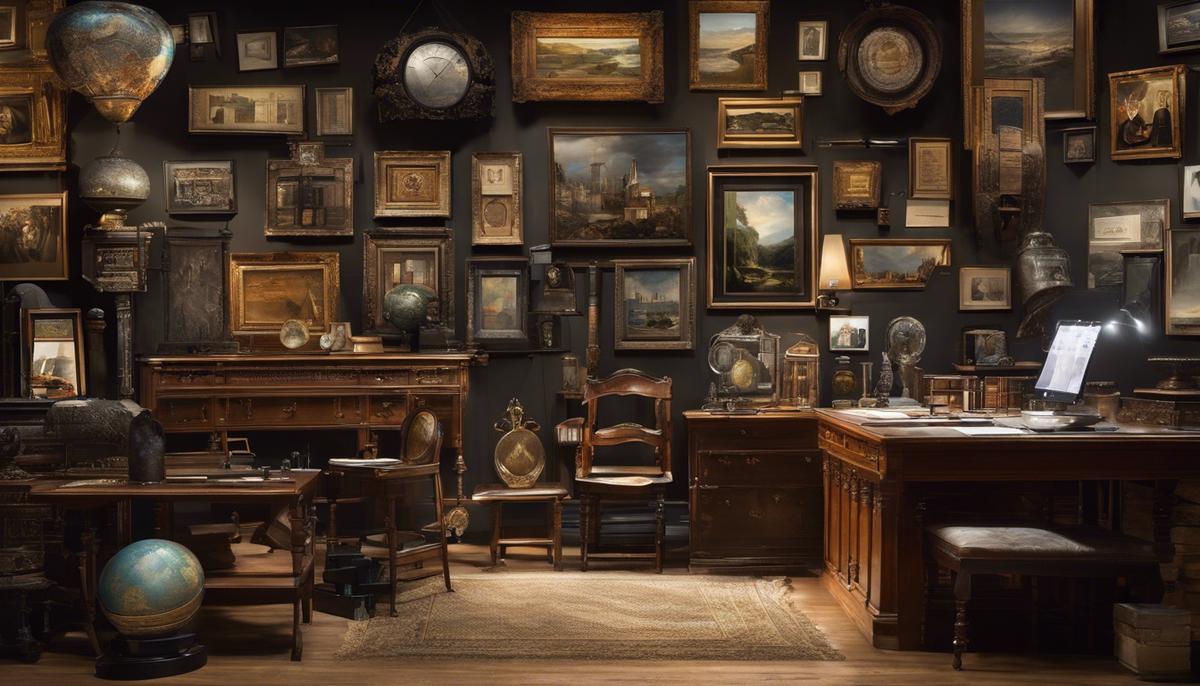
Legal and Ethical Considerations
Delving further into the legal and ethical issues inherent in the sphere of art forgery and authentication, one uncovers a veritable tapestry of dilemmas, framed by the continual battle between the forger’s cunning and the authenticator’s acumen.
Central to the discourse on the legalities of art forgery is the notion of fraudulent misrepresentation. Art forgery, at its core, is an act of deceit—a deliberate attempt to pass off a replicated or contrived creation as genuine, often with the intent of financial gain. This deception not only defrauds potential buyers but also the art institutions and the public at large, eroding trust in the market and distorting the historical record. The legal stance on such malfeasance is clear: forgery is a crime, and its prosecution can lead to severe penalties, including imprisonment and hefty fines.
Evolving from the legal to the ethical plane, the conversation adopts a more nuanced tone. The ethical quandaries orbit around the justification of art forgery as a form of creative expression or subversive art in its own right. However, the counterpoint here is the ethical responsibility towards preserving the authenticity and provenance of artworks, which serve as cultural and historical documents. Ethically, it is incumbent upon specialists and institutions to shield the art landscape from falsified entries that may contaminate the stream of genuine heritage.
The challenge becomes even more arduous when addressing the resale of known forgeries. While a forged work may be of considerable aesthetic value, its sale remains fraught with legal risks, underscoring the seller’s obligation to fully disclose its inauthentic status. Failure to provide such transparency lays the groundwork for potential litigation and damages.
Additionally, the affirmation of an artwork’s authenticity is not merely a scholarly pursuit; it carries significant ethical weight. The disposition to ascribe authenticity—or question it—impacts the reputation and legacy of artists, the economic stability of the market, and the integrity of historical narratives. Essentially, the act of authentication is itself a pledge of truthfulness to the collective cultural memory.
In conclusion, the legal and ethical issues encasing art forgery and authentication span a spectrum that interrogates the very essence of what is deemed ‘real’ and ‘valuable’. The earnest endeavour to protect the art world from ingenuine works is not only a legal imperative but also an ethical one, a crusade to venerate art’s truth in an age where duplicity can be all too convincing. In this struggle, the roles of the art community are manifold—they are detectives, historians, and guardians of an artistic lineage that endures through the medium of authentic, immeasurable art.
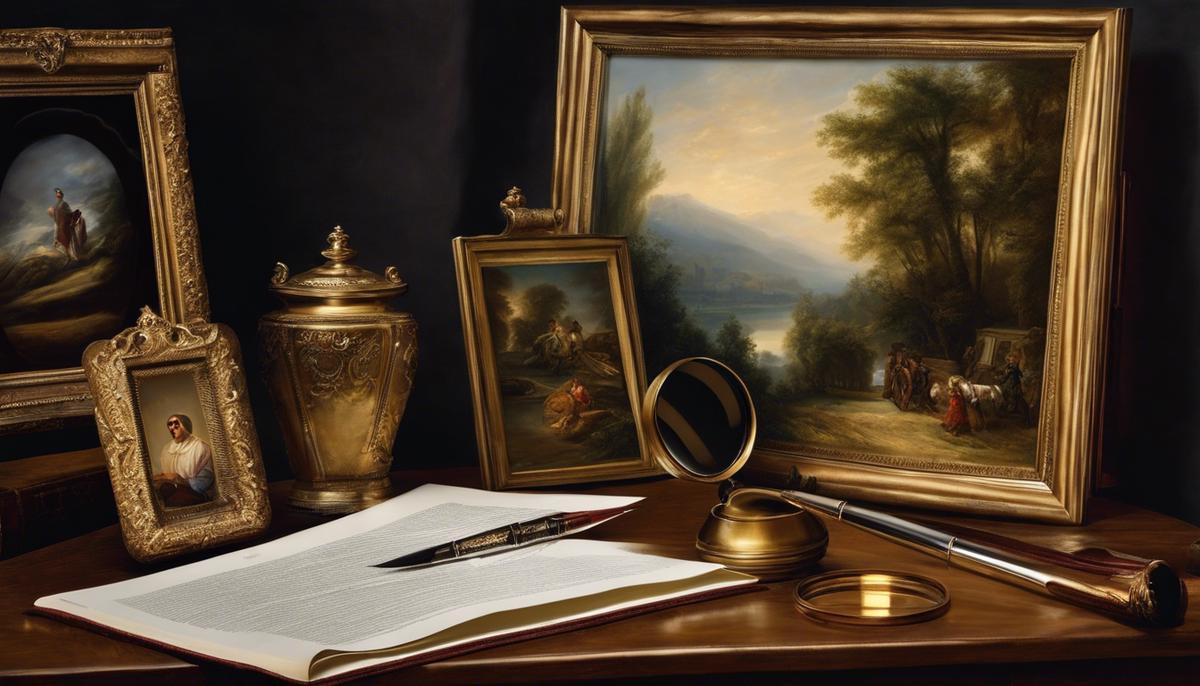
Forensic Art Experts and Their Role
Forensic Art Experts and their Role in the Authentication of Artworks
The investigation into a work’s authenticity often involves forensic art experts, whose role is critical in providing an objective analysis that can be pivotal in distinguishing between a genuine piece and a counterfeit. Their meticulous examination and analysis are fundamental in safeguarding the cultural and monetary significance of art pieces.
To begin with, the area of expertise of forensic art experts encompasses a deep understanding of artistic style, historical context, materials, and techniques. By analyzing the minute details not visible to the naked eye, these experts ascertain the veracity of the artwork in question. This analysis often requires the use of sophisticated scientific instrumentation that can reveal telltale signs invisible to less trained observers.
One aspect of their examination is the assessment of paint layers. By scrutinizing the layering and aging of the paint, forensic art analysts can uncover inconsistencies with the purported era or artist. Similarly, investigative methods reveal alterations that may have occurred over the years, further informing the authentication process.
Another focus for forensic experts is scrutinizing the physical and chemical composition of the materials used, comparing these with known data from the artist’s other works or from the period in question. This could encompass the pigments, binders, and canvases, which often have unique fingerprints that correspond to certain timeframes or artist practices.
Historical documentation and provenance are also factored into the analysis, assessing the artwork’s timeline of ownership and exhibition. Inconsistencies in this lineage could raise red flags indicating possible forgery.
When it comes to legal disputes over art authenticity, forensic art experts provide critical testimony. Their authoritative voice often sways decisions in court or for insurance claims. Their contributions help ensure that parties involved in art transactions are protected from fraudulent works and that authenticity is preserved.
Moreover, the maintenance of a comprehensive database with detailed characteristics of verified artworks aids in forming a reference by which to compare potential forgeries. These databases, often a collaborative effort maintained by international organisations and academies, become instrumental for continual research and guidance in the field of art forensics.
As the global art market expands, so does the risk of forgery infiltration. Forensic art experts play an essential protective role not only for collectors, purchasers, and museums but also for the historical and cultural record. Through their dedication and expertise, they contribute to maintaining trust and preserving the integrity of art heritage for future generations.
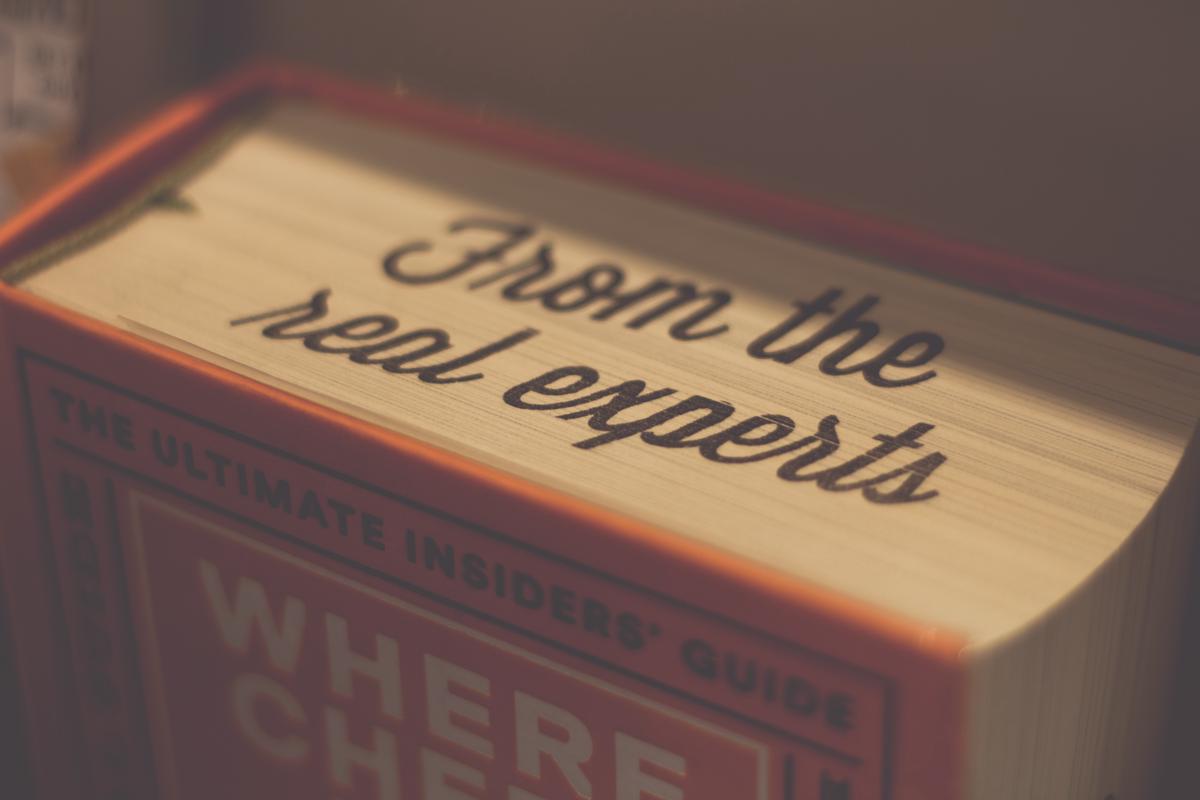
Future Directions in Forgery Detection and Art Authentication
In the realm of art authentication and forgery detection, the future holds uncharted territories aided by burgeoning technologies and scientific methodologies. As we delve deeper into the 21st century, the interdisciplinary approach proves invaluable, as new tools emerge at the intersection of technology and tradition, bolstering the verification processes.
Machine learning algorithms and neural networks are embarking on a journey beside classical expertise in the forensic examination of artwork. These artificial intelligence systems learn from vast numbers of art records, creating an analytical baseline to distinguish masterpieces from skillful counterfeits. With their ability to detect subtle nuances often imperceptible to the human eye, the machine’s discernment is evolving, propelling us towards reliability in algorithmic scrutiny.
Further scientific invasion includes the examination of paint layers not just by the naked eye but also scrutinized under the forensic lens. Stratigraphic analysis via cross-sectional microscopy reveals the artist’s technique and material build-up, unraveling insights into chronological construction absent in cunning forgeries.
The physical and chemical composition of materials finds its truth-seeking counterpart in advanced spectrometric analyses. These reveal insights into pigments, binders, and substrates, originating from specific periods and locations, thus assisting in affirming or disputing a work’s claimed heritage. Historical documentation and provenance remain paramount in the continuity of an artwork’s narrative, corroborated through archival research. This scholarly pursuit safeguards the integrity of historical narratives and the art market alike.
Experts also find themselves increasingly involved in legal disputes and court cases, their expertise pivotal in delivering justice within the nuanced realm of art disputes. Their affidavits and testimonies draw upon the meticulous scientific and historical knowledge that steers judicial outcomes.
Further fortifying the defences of authenticity is the maintenance of comprehensive databases. Ranging from pigment libraries to art sales records, these reservoirs of knowledge form a digital bulwark against the proliferation of counterfeits.
This era witnesses an unyielding commitment to protecting collectors, purchasers, museums, and the art market. The vigorous screening of artworks ensures that institutions and individuals alike remain guardians of an untainted cultural heritage.
In conclusion, the art verification landscape continuously refines its amalgamation of traditional expertise and novel scientific incursions. It expects to surmount upcoming challenges, presiding with an academic rigour seasoned by technological progress. It is an unceasing vigil in the name of authenticity, as the field vigilantly maintains the resplendence of genuine artistry, entrusted to posterity.
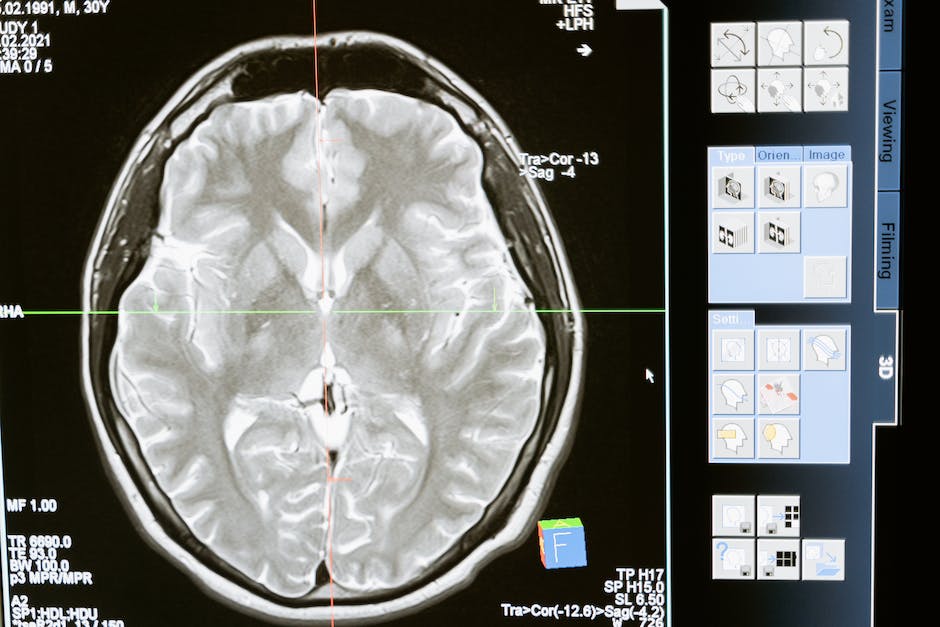
The perpetual game of cat and mouse that plays out in the gallery of art authentication beckons a future where forensic vigilance must march in lockstep with the relentless innovation of those who seek to blur the lines of authorship. As we cast our gaze to the horizon, the anticipation of burgeoning techniques and interdisciplinary approaches heralds a new epoch in the everlasting pursuit of truth within the art realm. Thus, amidst a landscape replete with both promise and predicament, it is incumbent upon society to embrace the confluence of skill, technology, and robust ethical practices to ensure that the legacy of art remains untainted by the shadow of deceit.























